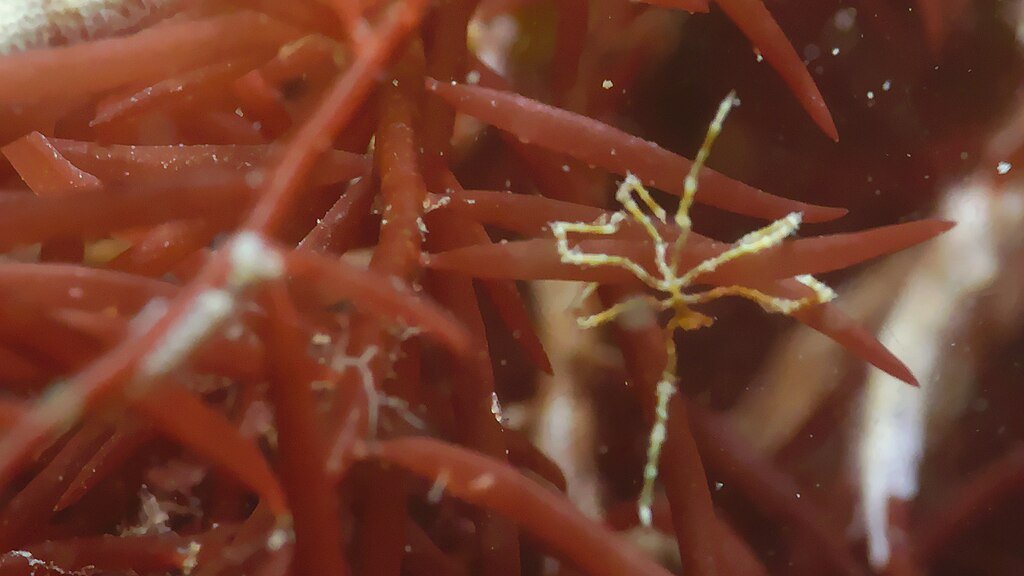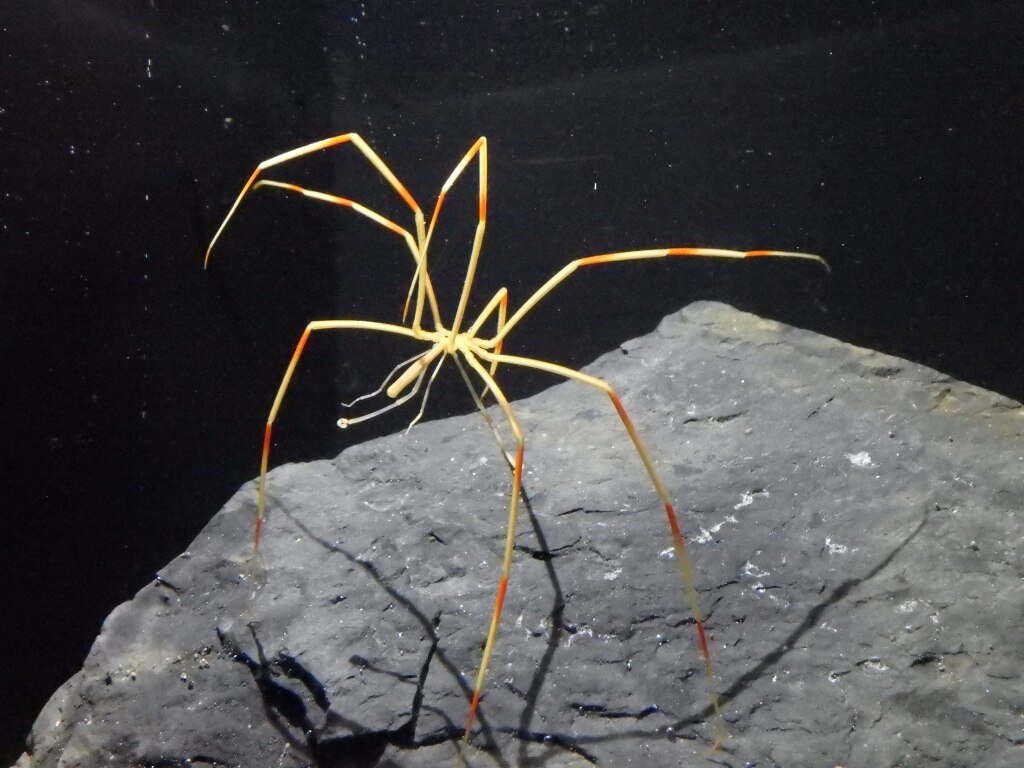In a remarkable discovery, scientists have found that certain deep-sea spiders are not predators or scavengers as once believed, but microbial farmers. A study published in the Proceedings of the National Academy of Sciences reveals that these spiders cultivate and consume methane-oxidizing bacteria that grow directly on their exoskeletons. This newly described symbiosis offers a rare glimpse into how life thrives in the extreme, lightless environments of methane seeps on the ocean floor.
A New Kind of Symbiosis

The research team, led by Dr. Shana Goffredi of Occidental College, identified three previously unknown species of sea spiders from the genus Sericosura. These species were collected from methane seep sites along the Pacific coast of North America, including Del Mar, Palos Verdes, and Sanak Canyon. Unlike typical sea spiders that feed on invertebrates, these species host dense mats of methane- and methanol-consuming microbes on their exoskeletons. The bacteria form structured biofilms, resembling tiny volcanoes, and serve as the spider’s primary food source.
Solving the Mystery of the Missing Meal
For years, marine biologists were puzzled by the abundance of sea spiders at methane seeps, despite the absence of visible prey and empty stomach contents. This led to speculation that an alternative feeding strategy might be at play. Using advanced techniques such as metagenomic sequencing, 16S rRNA profiling, and isotope labeling with carbon-13, researchers confirmed that the spiders were incorporating methane-derived carbon into their tissues—evidence that they were consuming the bacteria growing on their own bodies.
Farming in the Deep
The study suggests that these sea spiders are not passive hosts but active cultivators of their microbial partners. The bacteria found on their exoskeletons are distinct from those in the surrounding environment, indicating a selective relationship. The spiders may use their specialized mouthparts to scrape off and ingest the microbial biofilm, effectively harvesting their own food. This behavior mirrors microbial farming seen in other deep-sea organisms like tube worms and mussels, but it is the first time such a strategy has been documented in sea spiders.
Implications for Deep-Sea Ecology
This discovery expands our understanding of how life adapts to extreme environments. Methane seeps are ecosystems powered not by sunlight but by chemical energy, and the ability of sea spiders to exploit this niche through microbial farming highlights the diversity of survival strategies in the deep ocean. it also raises new questions about the evolution of symbiosis and the potential for similar relationships in other understudied marine species.
Conclusion

The revelation that sea spiders farm methane-eating microbes on their bodies challenges long-held assumptions about their ecology and feeding behavior. As researchers continue to explore the deep sea, discoveries like this underscore the complexity and ingenuity of life in Earth’s most remote habitats.
Source:





